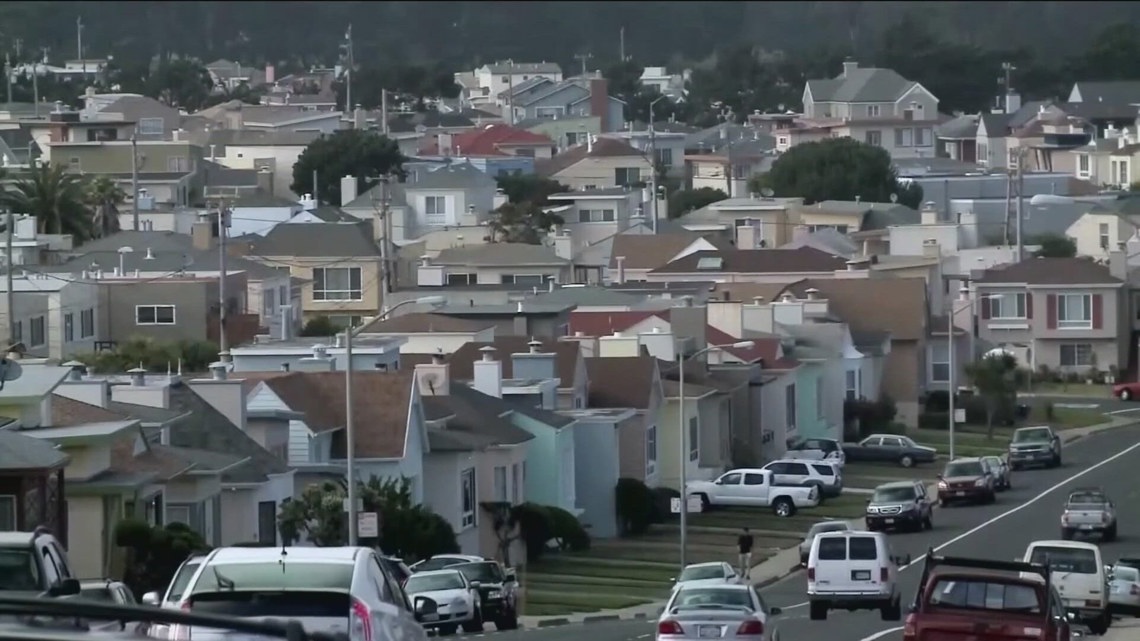Governor announces five insurers staying in California, but consumer advocates question progress as companies request identical rate hikes.
SAN DIEGO — Gov. Gavin Newsom announced Wednesday that four insurance companies have committed to remain in California’s troubled homeowners market, with an additional company joining forces as well, but consumer advocates are questioning whether the development represents genuine progress for policyholders.
Speaking during a livestreamed conversation with former President Bill Clinton at the Clinton Global Initiative in New York, Newsom highlighted commitments from Mercury, CSAA, USAA, Pacific Specialty and California Casualty filed on Wednesday. The California Department of Insurance confirmed three of the companies rank among the state’s seven largest homeowners insurers.
“Two days ago, we had a fourth come back in,” Newsom said. “We had a lot of folks leaving the market.”
USAA plans to reopen statewide operations after halting new policies in two of its four member companies, according to the insurance department.
However, Consumer Watchdog President Jamie Court dismissed the announcement as misleading, noting all five companies requested identical 6.9% rate increases — just below the 7% threshold that would trigger mandatory public hearings if a consumer advocacy group or other qualified intervenor formally objects to it.
“It’s not much news that these companies are staying when they were never going to leave,” Court said. “But it shows how desperate the governor and Lara are to have any good news to say, because their strategy is failing.”
Court provided data showing Insurance Commissioner Ricardo Lara reduces rates 70% of the time when Consumer Watchdog intervenes in public hearings. Without intervention, Lara typically approves rate requests.
“It shows the commissioner left to his own devices is going to grant rate hikes, and that’s why we need to be there to protect the public in these interventions,” Court said.
The rate increases follow Lara’s Sustainable Insurance Strategy, released in June, which allows companies to use catastrophe modeling to determine wildfire risk and set rates. In exchange, insurers must provide more coverage in high wildfire risk areas.
Court criticized the strategy as ineffective, pointing to California’s FAIR Plan enrollment as evidence. The state’s insurer of last resort has seen enrollment double from 300,000 policies in 2023 to 600,000 by June.
“It is laughable that he’s going to help people get coverage,” Court said. “It was a way of giving the companies an ability to raise rates without requiring them to cover more people.”
Newsom defended the reforms as necessary market corrections.
“We had to address the reinsurance market,” Newsom said. “We had to address the capital needs of these companies. The reforms we’ve just put into place now allow for more rapid rate increases.”
The insurance crisis has sparked competing ballot measure campaigns. Consumer Watchdog opposes a measure that would allow insurance companies to raise rates without opening their books to regulators and remove other consumer protections established under Proposition 103.
The organization has launched its own ballot initiative requiring coverage for homeowners who meet state wildfire mitigation standards, such as creating defensible space around properties.
“We need to encourage people to do mitigation,” Court said. “And the only way to encourage that is [to] make sure they have an insurance policy after they do it.”
Consumer Watchdog expects to begin gathering signatures for their measure within 60 days.
A spokesperson for Lara said the market is improving, but emphasized there is no victory lap. The spokesperson added that rate filings receive a thorough review to ensure consumers don’t pay more than required.
